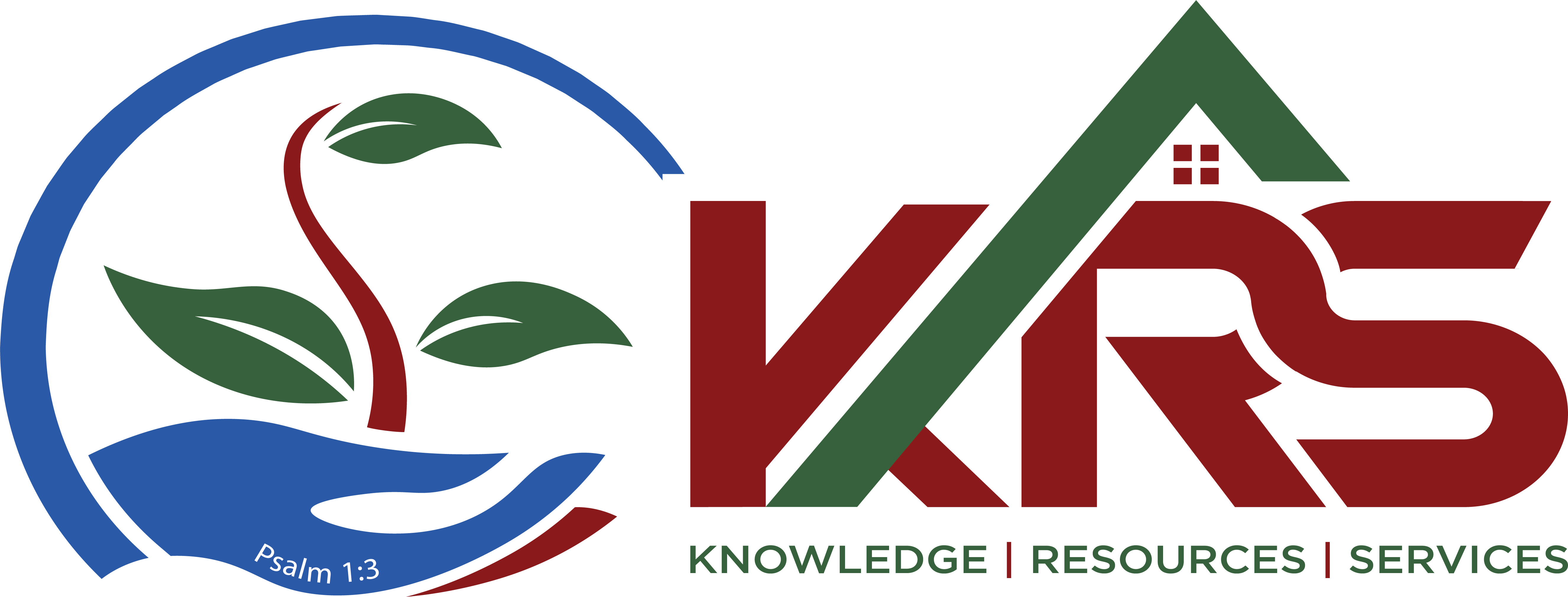
In the context of loans, “tiers” typically refer to different levels or categories of borrowers based on their creditworthiness or risk profile. Lenders may use tiered pricing or tiered interest rates to offer different terms and conditions to borrowers depending on which tier they fall into. The specific criteria for determining tiers can vary between lenders, but they generally consider factors such as credit score, credit history, income, debt-to-income ratio, and other financial indicators.
Here’s a general overview of how tiers may be structured in loans:
- Tier 1: Borrowers in the top tier typically have excellent credit scores, strong credit histories, stable incomes, and low debt levels. They pose the lowest risk to lenders and may qualify for the most favorable loan terms, including lower interest rates, higher loan amounts, and longer repayment periods.
- Tier 2: Borrowers in the second tier may have good to above-average credit scores and credit histories but may not meet all the criteria for the top tier. They may still qualify for competitive loan terms, but they may face slightly higher interest rates or more stringent eligibility requirements compared to Tier 1 borrowers.
- Tier 3: Borrowers in the third tier may have fair or average credit scores, some credit history issues (such as late payments or high credit card balances), or higher debt levels relative to their income. They may face higher interest rates, lower loan amounts, or shorter repayment periods compared to higher-tier borrowers.
- Tier 4 (or Subprime): Borrowers in the lowest tier, often referred to as subprime borrowers, typically have poor credit scores, significant credit history problems (such as bankruptcy or foreclosure), or high levels of debt relative to their income. They pose the highest risk to lenders and may face the most stringent eligibility requirements, highest interest rates, and lowest loan amounts.
Tiered pricing allows lenders to tailor loan offers to different types of borrowers while managing their overall risk exposure. Borrowers with stronger credit profiles are rewarded with more favorable terms, while those with riskier profiles may face higher costs or stricter terms to compensate for the increased risk they present to the lender.
It’s essential for borrowers to understand which tier they fall into and how it may impact their loan options and costs. Maintaining good credit, managing debt responsibly, and improving financial health over time can help borrowers qualify for better loan terms and move up to higher tiers in the future.
At KRS AGENCY, our mission is to help businesses become the best they can be. To learn more about our comprehensive services, contact us today.


















